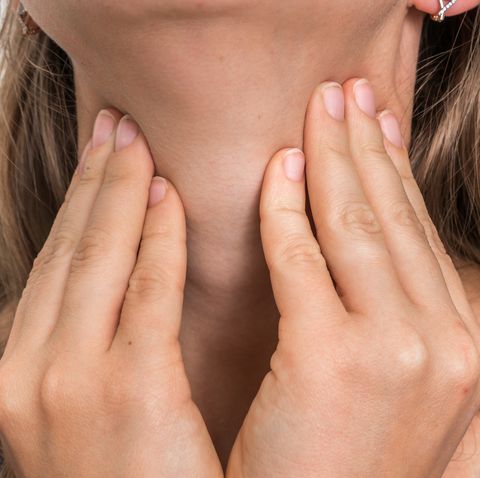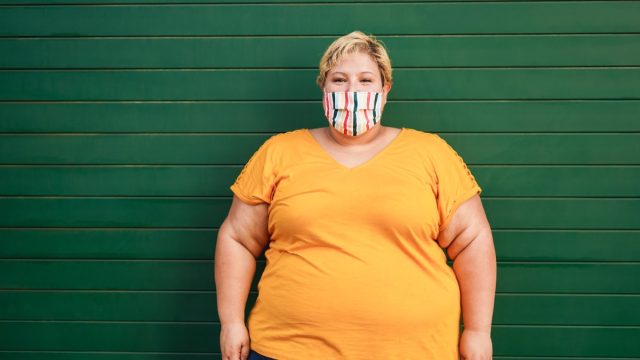Body Lice: Causes, Symptoms, and Treatment
Author: Rose Stella
Rose Stella
Category: Health

What are body lice?
Body lice are small wingless insects living in clothing and beddings. The insect size ranges from 2mm to 5 mm and is greyish or brown in color. The female louse is relatively larger than the male louse. Their eggs are small, white, and oval-shaped and commonly found on seams of clothing with direct contact to the skin.
Depending on the availability of the host’s body heat, the eggs can take anywhere from five to fourteen days to hatch. Removing the contaminated article of clothing at night and depriving the eggs of constant warmth can result in a long time for the eggs to hatch.
The egg develops into an adult louse seven days after hatching. The female body louse has a lifespan of four weeks and produces eight eggs each day. A louse will die in two to five days if it does not have access to a steady stream of blood.
They feast on human blood to survive. Common bite marks are observed around the neck, shoulders, armpits, waist, and groin – places where clothing seams are most likely to touch the skin.
Causes
These insects can't fly, hop and jump. They crawl from one piece of linen to another. Infestations happen when contact has been made to a person who has been infected or with clothing or bedding infested with body lice. Commonly, infestation is often observed in places where unhygienic conditions are rampant. For instance in refugee camps, homeless people, and people displaced by natural calamities.
Dogs, cats, or other pets don’t spread body lice, contrary to other people's beliefs.
Common Symptoms of Infestations
Those suffering from body lice infestation will detect small, red, pinpoint bites on their bodies, most often around the neck, shoulders, armpits, waist, and crotch area, where clothes seams meet flesh. The most obvious sign of a body lice infestation is severe itching, often known as “pruritus.”
Scratching the bitten parts can sometimes result in secondary illness because of infection with bacteria or fungus. Body louse bites can cause thicken and discolored waist to upper thigh area when infested for a long period of time. Vagabond sickness is the term for this condition.
Treatment and Control of Body Lice
Treating and controlling body lice infestations are relatively easy. It mostly focuses on practicing proper hygiene and maintaining a clean environment. Here are some of the ways to resolve issues regarding body lice:
- Taking a bath every day or regularly
- Changing undergarments and beddings weekly or throwing away infected pieces of clothing.
- Washing infected clothing and beddings in hot water with temperature greater than 70 degrees celcius
- Ironing infected clothing especially around the seam area
- Properly vacuuming beds and linens
- Using a prescribed insecticide treatment and lotions.
- Taking medicines to avoid and control secondary infection.
Although, Body lice infestations are easy to control. Prevention is still better than cure. Eliminating the possibility of having these kinds of problems is the way to go. This is why proper hygiene and a clean environment are a must!













